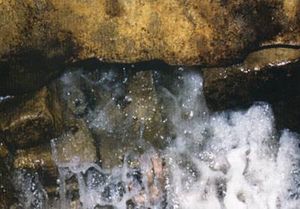Template:Pictorial-Islam-options: Difference between revisions
| [checked revision] | [checked revision] |
mNo edit summary |
mNo edit summary |
||
| Line 1: | Line 1: | ||
<noinclude>Also see: [[Template:Pictorial-Islam]]</noinclude><!-- HELP NOTES: Each option tag handles one random story --><choose> | <noinclude>Also see: [[Template:Pictorial-Islam]]</noinclude><!-- HELP NOTES: Each option tag handles one random story --><choose> | ||
<option weight="1">{{Pictorial-Islam|1=Prophet Muhammad and Ali in the Eighth Circle of Hell|2=[[File:L'Inferno 1911.jpg|210px|link=Dantes Inferno]]|3=Dante's Inferno ("Inferno" being Italian for "Hell") refers to the first part of Dante Alighieri's 14th-century epic poem "Divine Comedy". It is followed by Purgatorio and Paradiso. It is an allegory telling of the journey of Dante through Hell, guided by the Roman poet Virgil. Dante draws on Christian theology and philosophy, especially Thomistic philosophy and the Summa Theologica of Thomas Aquinas. Consequently, the Divine Comedy has been called "the Summa in verse". | |||
Dante Alighieri is also known as "the Supreme Poet" and the "Father of the Italian language". His Divine Comedy is considered the greatest literary work ever composed in the Italian language and a masterpiece of world literature. ([[Dantes Inferno|''read more'']])}}</option> | |||
Revision as of 07:16, 12 January 2014
Also see: Template:Pictorial-Islam
|
